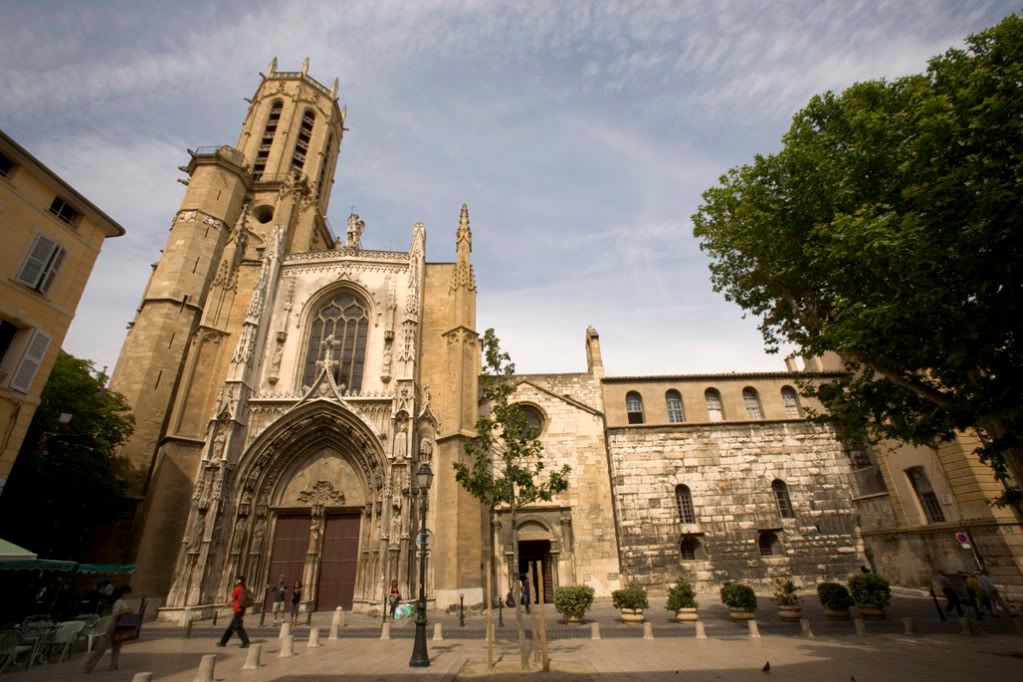
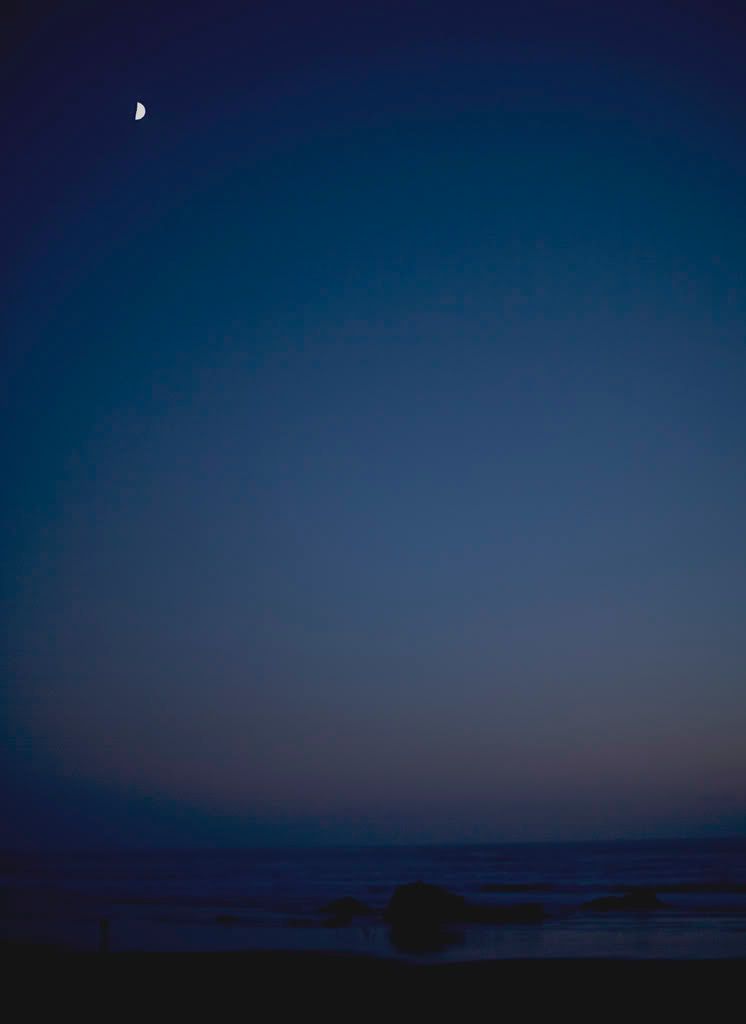
For an evolving world
(All my political blogging is now at The Left Coaster and Daily Kos)


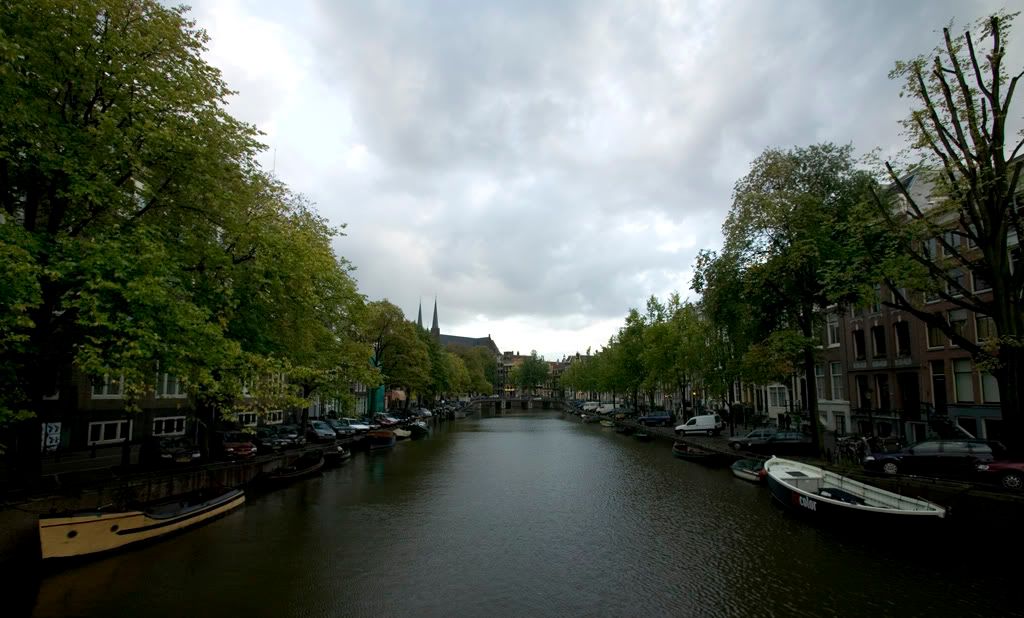
According to official versions, the disturbed Dutch painter cut off his ear with a razor after a row with Gauguin in 1888. Bleeding heavily, Van Gogh then walked to a brothel and presented the severed ear to an astonished prostitute called Rachel before going home to sleep in a blood-drenched bed.Van Gogh had wrapped the ear in paper, and when he handed it to Rachel, asked her to "keep this object carefully." Van Gogh soon was taken into custody, and placed in a hospital, where his mental state was far worse than his physical. The hospital is now a cultural center known as Espace Van Gogh.
But two German art historians, who have spent 10 years reviewing the police investigations, witness accounts and the artists' letters, argue that Gauguin, a fencing ace, most likely sliced off the ear with his sword during a fight, and the two artists agreed to hush up the truth.
In Van Gogh's Ear: Paul Gauguin and the Pact of Silence, published in Germany, Hamburg-based academics Hans Kaufmann and Rita Wildegans argue that the official version of events, based largely on Gauguin's accounts, contain inconsistencies and that both artists hinted that the truth was more complex.
Van Gogh and Gauguin's troubled friendship was legendary. In 1888, Van Gogh persuaded him to come to Arles in the south of France to live with him in the Yellow House he had set up as a "studio of the south". They spent the autumn painting together before things soured. Just before Christmas, they fell out. Van Gogh, seized by an attack of a metabolic disease became aggressive and was apparently crushed when Gauguin said he was leaving for good.
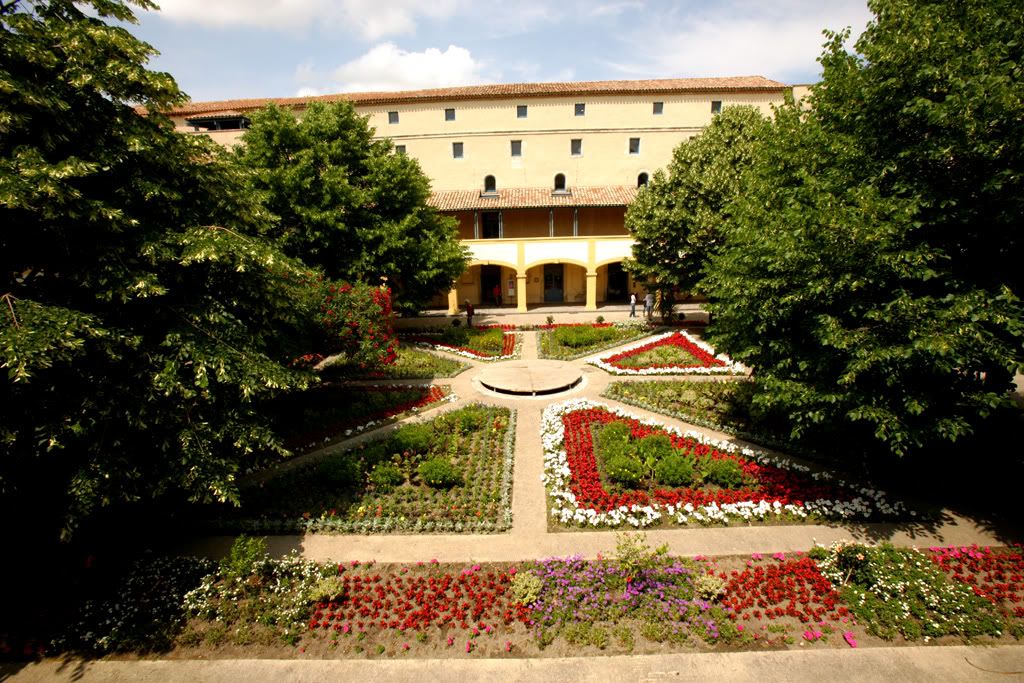
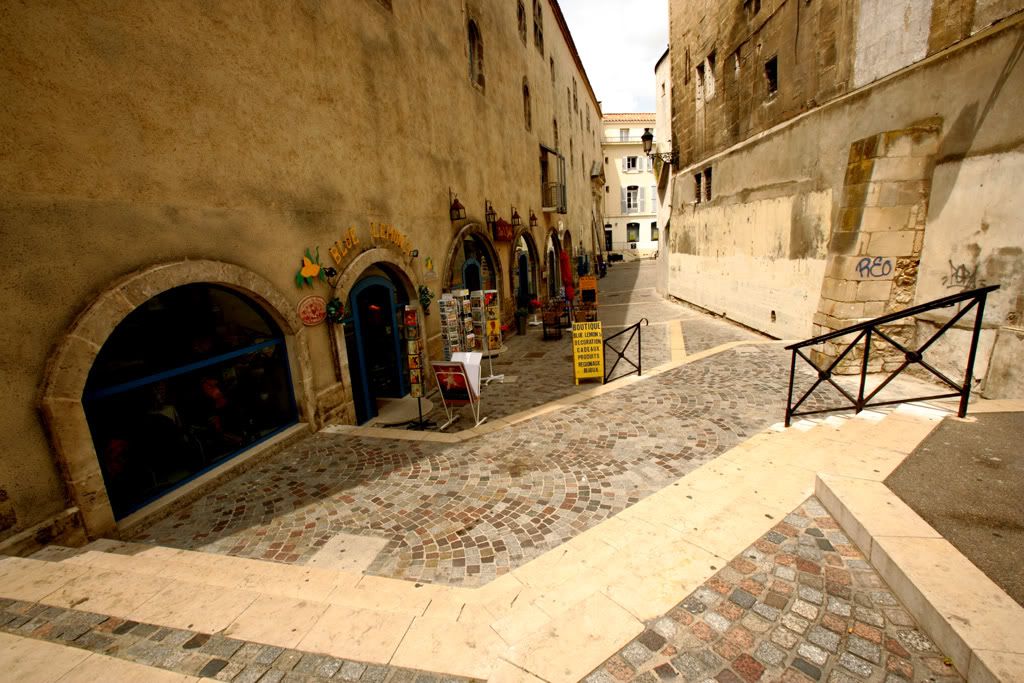
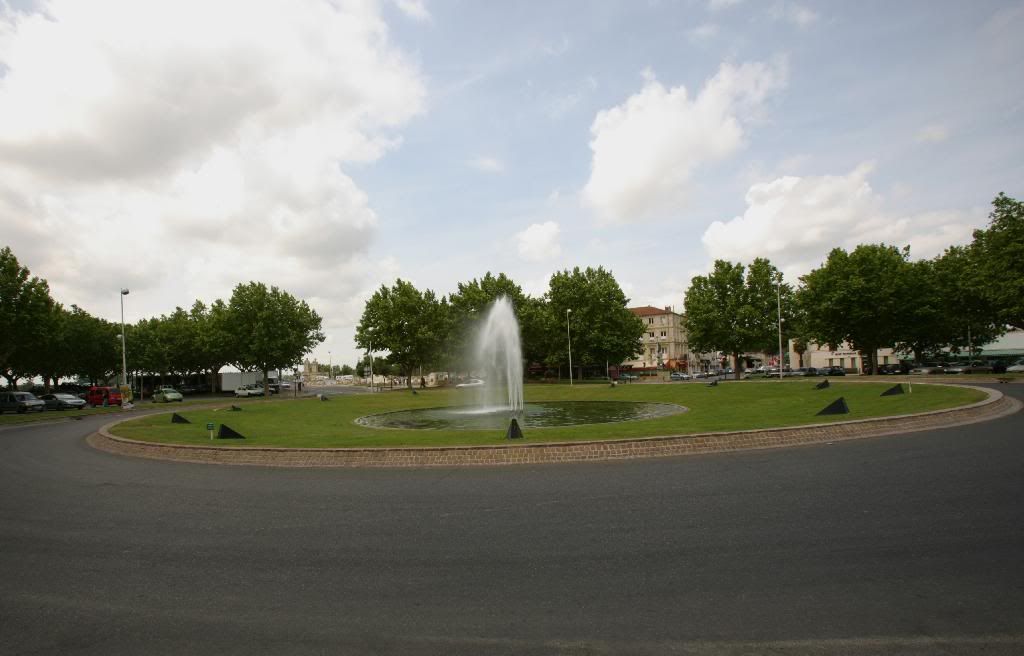
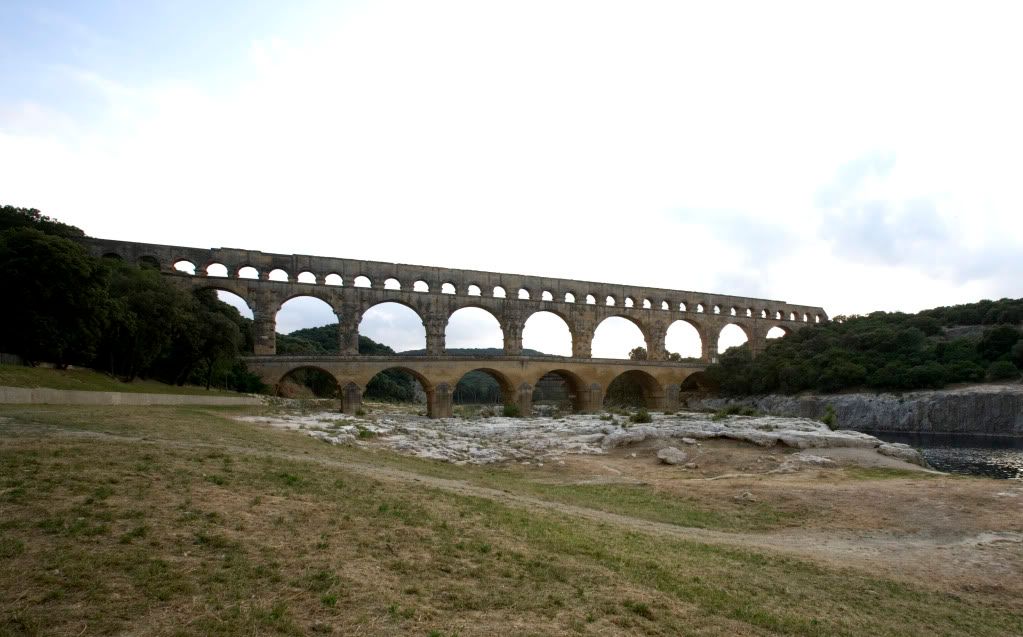
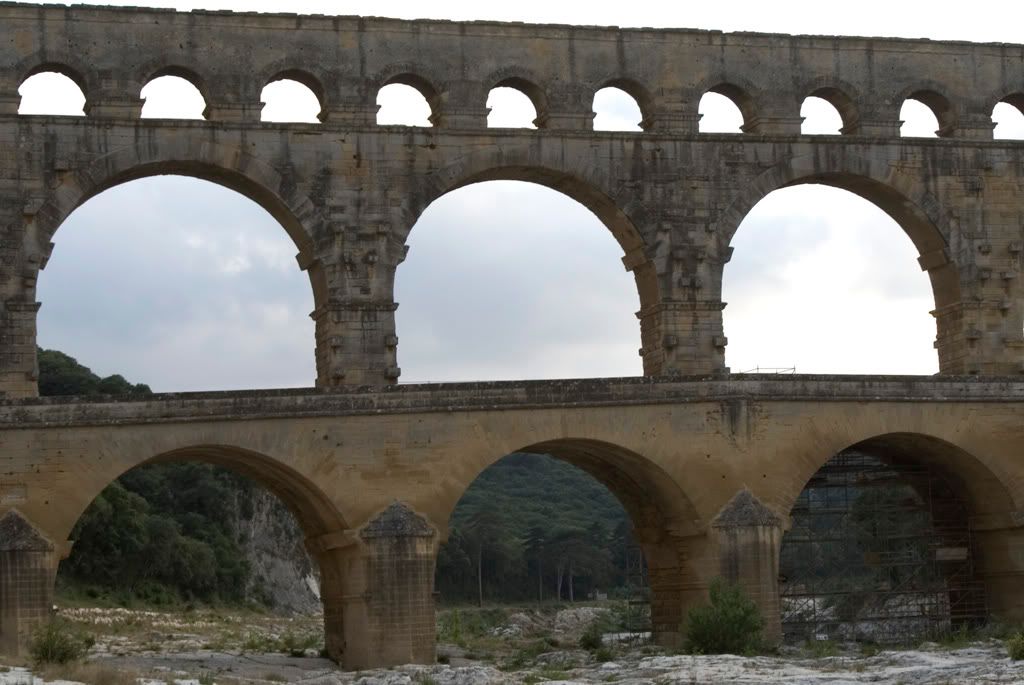
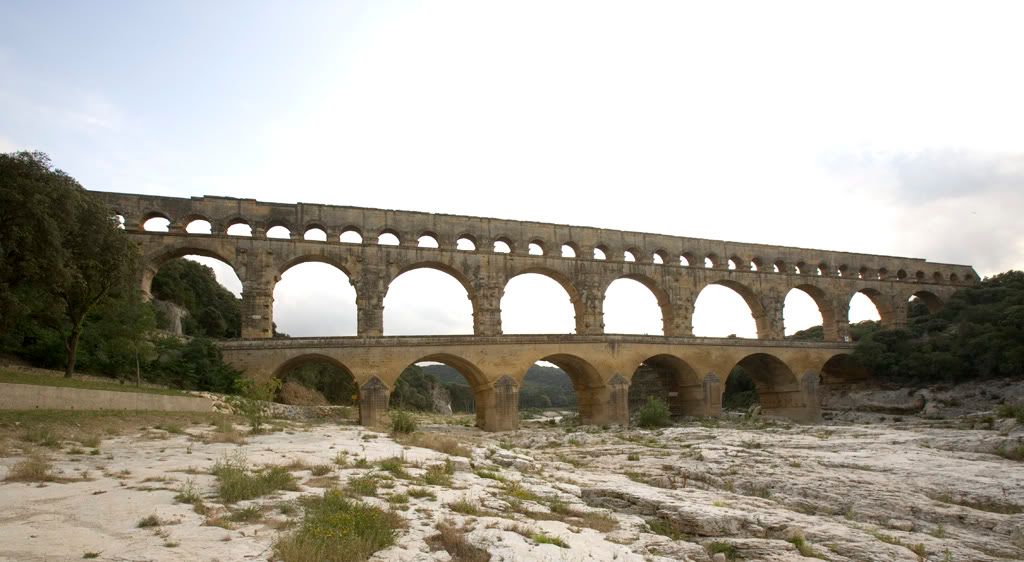
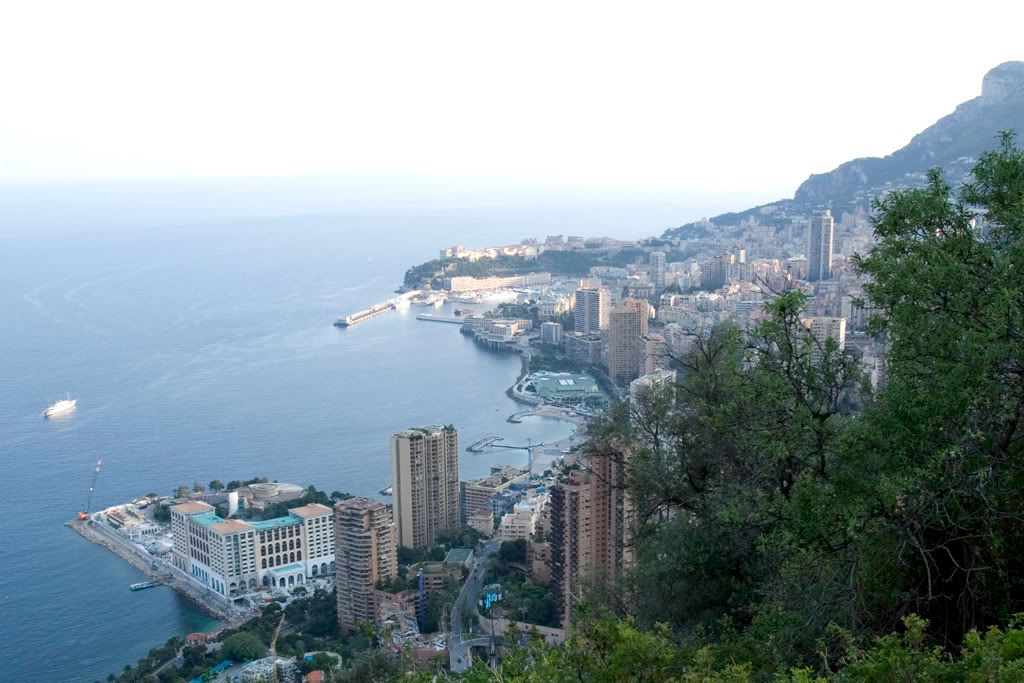
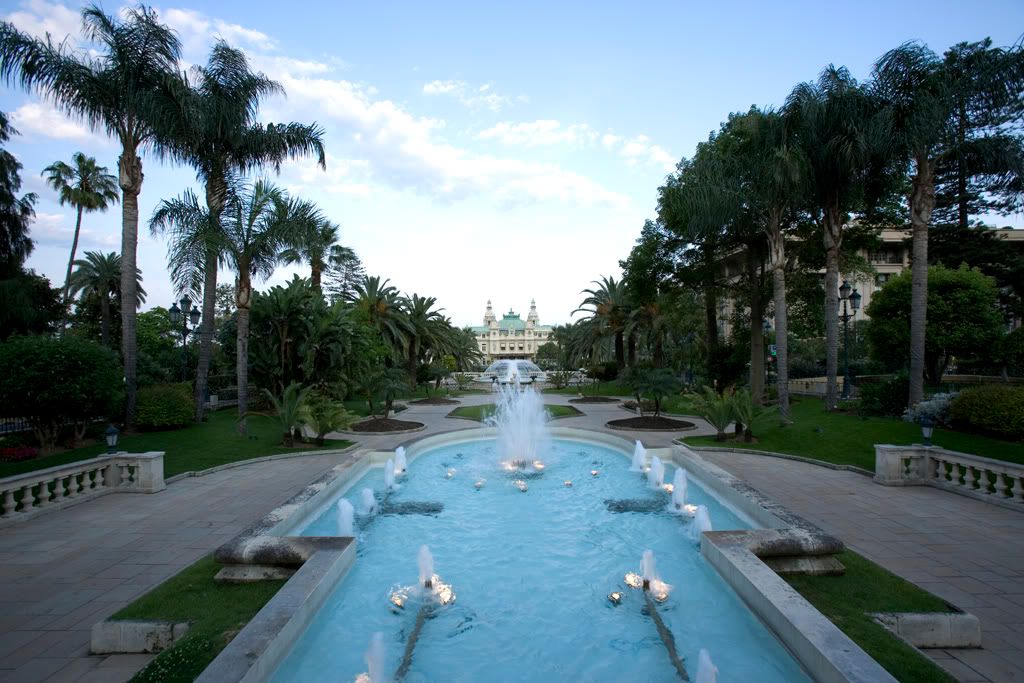
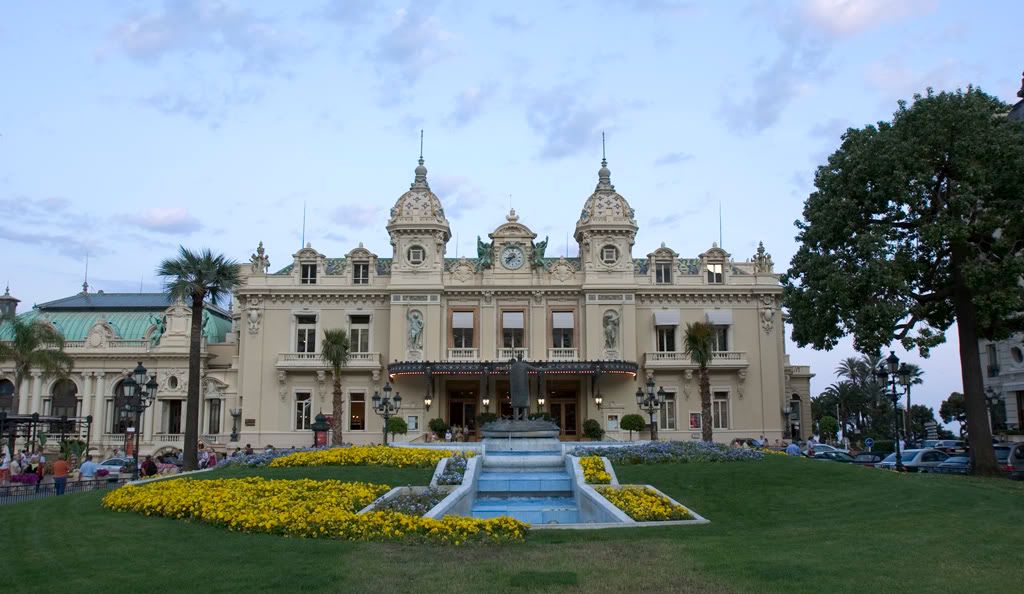
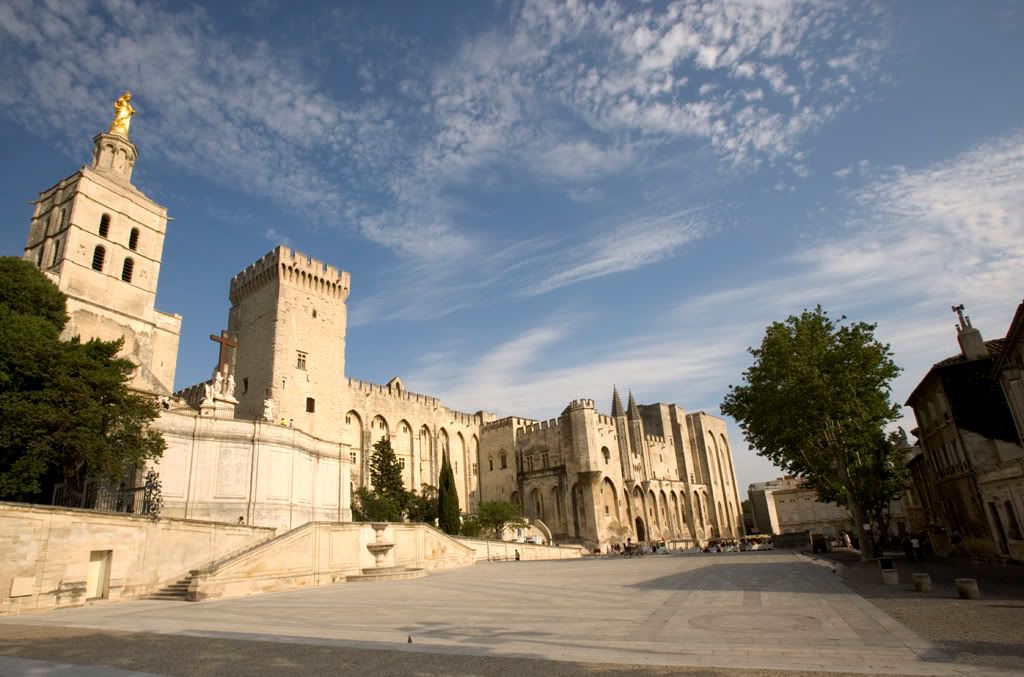

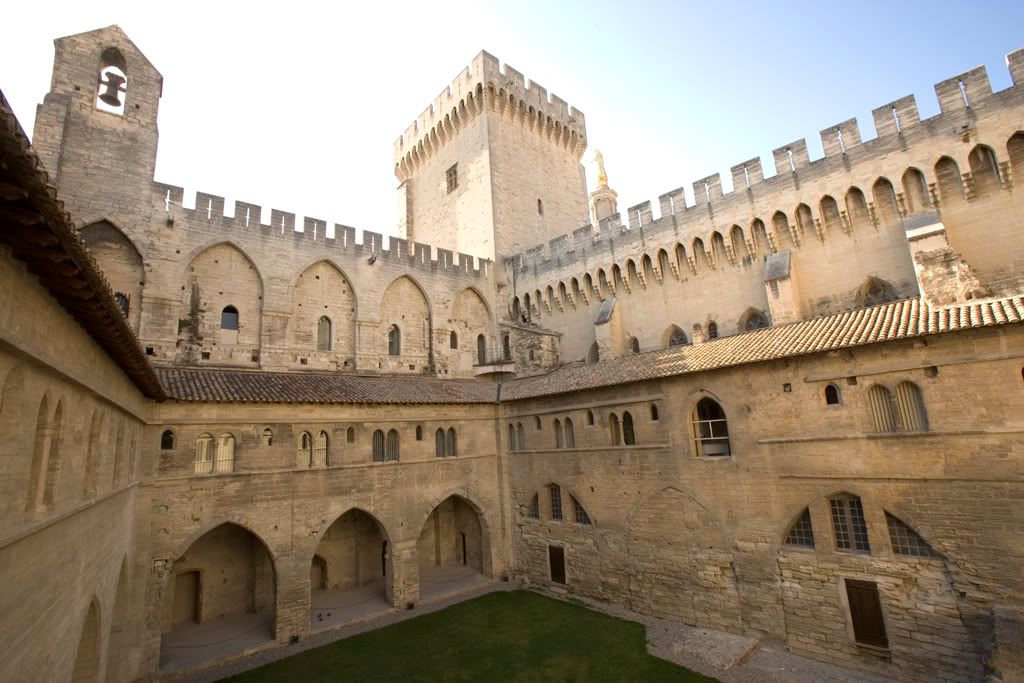
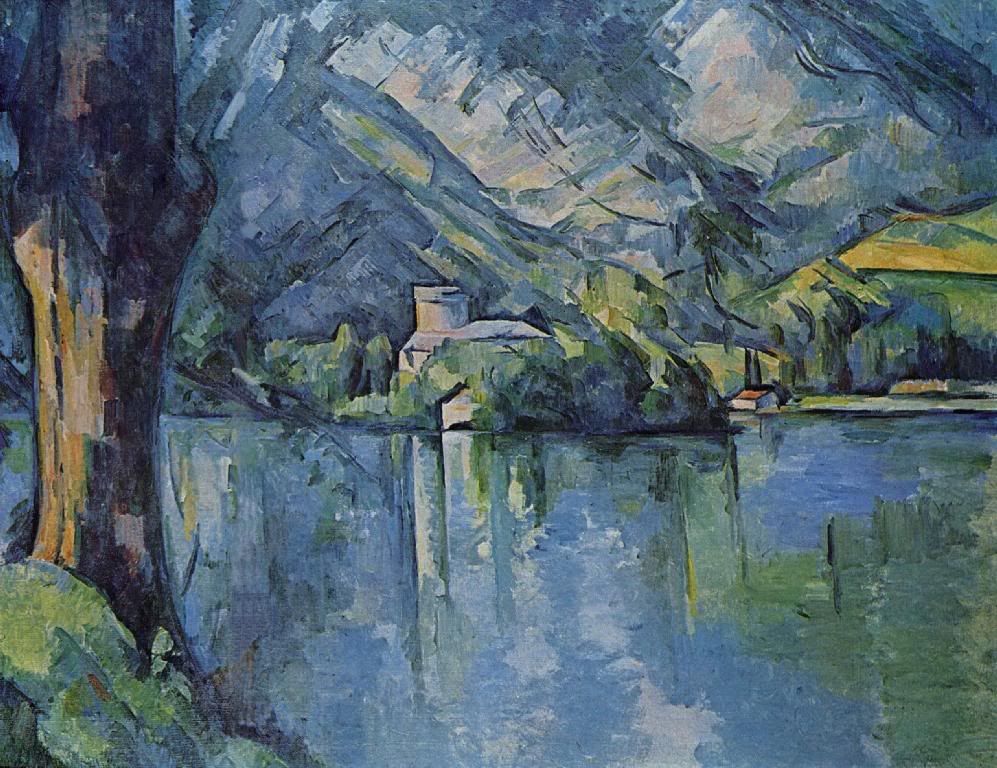
Although a lifelong admirer of Delacroix, Cézanne allied himself, early in his career, with the Impressionists, especially Pissarro, and at first accepted their theories of color and their faith in subjects chosen from everyday life. Yet his own studies of the old master in the Louvre persuaded him that Impressionism lacked form and structure. He said: "I want to make of Impressionism something solid and lasting like the art in the museums."In 2005, the Museum of Modern Art did a superb restrospective on the collaborative friendship of Cézanne and Pissarro.
His aim was not truth in appearance, especially not photographic truth, nor was it the "truth" of Impressionism, but rather a lasting structure behind the formless and fleeting screens of color the eye takes in. If all we see is color, then color gives us every clue about structure, and color must fulfill the structural purposes of traditional perspective and light and shade; color alone must give depth and distance, shape and solidity. Rather than employ the random approach of the Impressionists when he was face to face with nature, Cézanne attempted to bring an intellectual order into his presentation of the colors that comprised it by constantly and painfully checking his painting against the part of the actual scene--he called it the "motif"--that he was studying at the moment. When he said, "We must do Poussin over again, this time according to nature," he apparently meant that Poussin's effects of distance, depth, structure, and solidity must be achieved not by perspective and chiaroscuro but entirely in terms of the color patterns provided by an optical analysis of nature."The irony of Cézanne's comment about the work of Nicolas Poussin is that Poussin is considered one of the masters of Seventeenth Century naturalism and classicism. His work can be seen here. But Cézanne had a paradigmatically different view of the meaning of naturalism.
To apply his methods to the painting of landscapes was one of Cézanne's greatest challenges. The problems of representation were complicated by the need to select from the multiplicity of disorganized natural forms those that seemed most significant and to order them into pictorial structures with cohesive unity. Just as landcsape had been the principal mode of Impressionistic theory and experiment, so it became the subject for Cézanne's most complete transformation of Impressionism. His method was to use his intense powers of visual concentration to observe the motif and its colors, sustaining the process of minute inspection through days, months, and even years. He resembled the contemporary scientist who proves his hypothesis with repeated tests. With special care, Cézanne explored the properties of line, plane, and color, and their interrelationships: the effect of every kind of linear direction, the capacity of planes to create the sensation of depth, the intrinsic qualities of color, and the power of colors to modify the direction and depth of lines and planes. Through the recession of cool colors and the advance of warm ones, he controlled volume and depth. Having observed that saturation (or the highest intensity of a color) produced the greatest effect of fullness and form, he painted objects chiefly in one hue--apples, for example, in green--achieving convincing solidity by the control of color intensity alone, in place of the traditional method of modeling in light and dark.H.W. Janson summarizes:
When Cézanne took these liberties with reality, his purpose was to uncover the permanent qualities beneath the accidents of appearance. All forms in nature, he believed, are based on the cone, the sphere, and the cylinder. This order underlying the external world was the true subject of his pictures, but he had to interpret it to fit the separate, closed world of the canvas.And to emphasize, here is Gardner:
Cézanne immobilized the shifting colors of Impressionism into an array of clearly defined planes that compose the objects and spaces in his scene. Describing his method in a letter to a fellow painter (Emile Bernard), he wrote:And by reducing images to basic forms and planes, depicted with attention to their many sides, Cézanne here clearly was pointing towards Cubism. His abstract approach also clearly pointed towards what would become the various flavors of Expressionism.Treat nature by the cylinder, the sphere, the cone, everything in proper perspective so that each side of an object or a plane is directed towards a central point. Lines parallel to the horizon give breadth, that is a section of nature.... Lines perpindicular to this horizon give depth. But nature for us men is more depth than surface, whence the need of introducing into our light vibrations, represented by reds and yellows, a sufficient amount of blue to give the impression of air.
By reducing the importance of subject matter, Cézanne automatically enhanced the value of the picture he was making, which has its own independent existence and must be judged entirely in terms of its own inherent pictorial qualities. In Cézanne's works, the simplification of shapes and their sense of sculptural reliefand weight give a peculiar look of stable calm and dignity that is reminiscent of the art of the fifteenth-century Renaissance and has led modern critics to find in Cézanne some vestige of that ancient Mediterranean sense of monumental and unchanging simplicity of form that produced Classical art.Ancient to Classical to Renaissance to Impressionism to Post-Impressionism, and pointing towards Cubism and Expressionism. And beyond that, his work is simply, powerfully, viscerally beautiful.
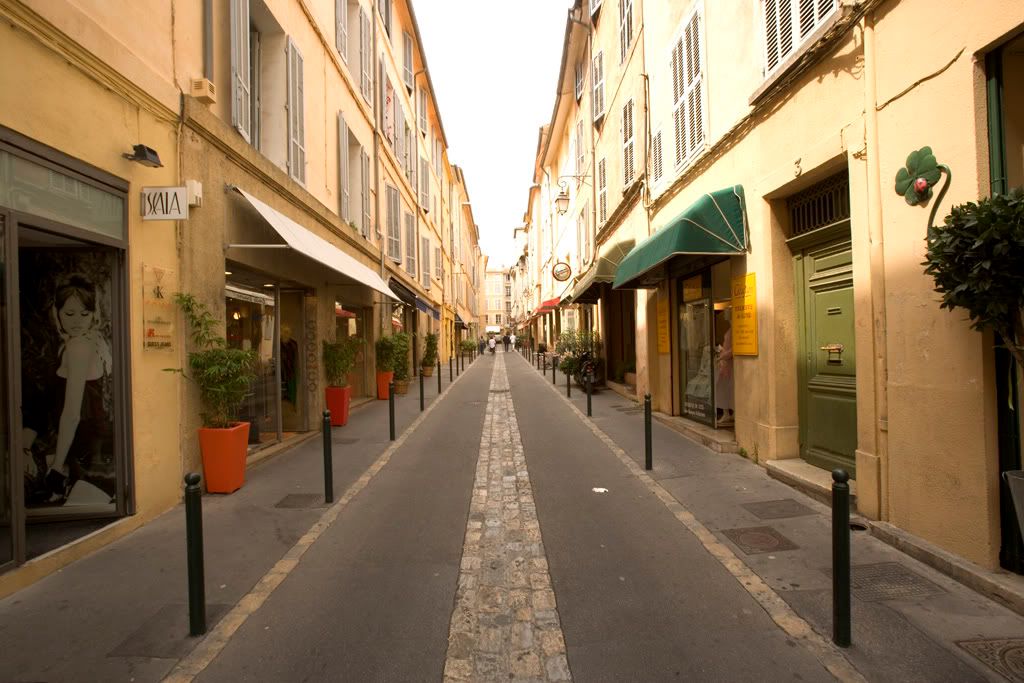
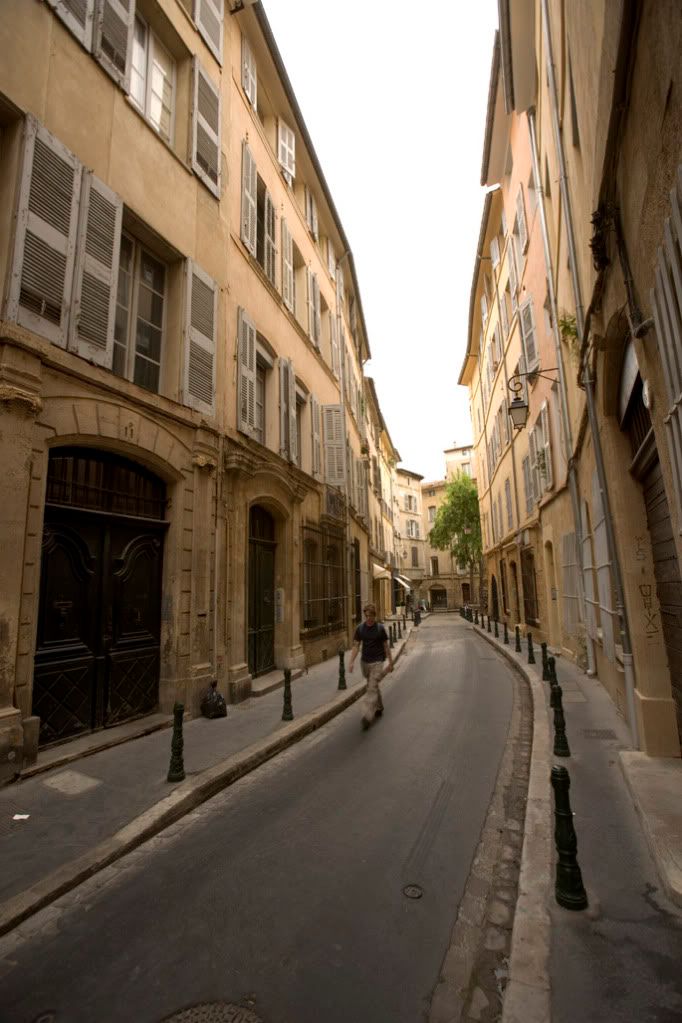
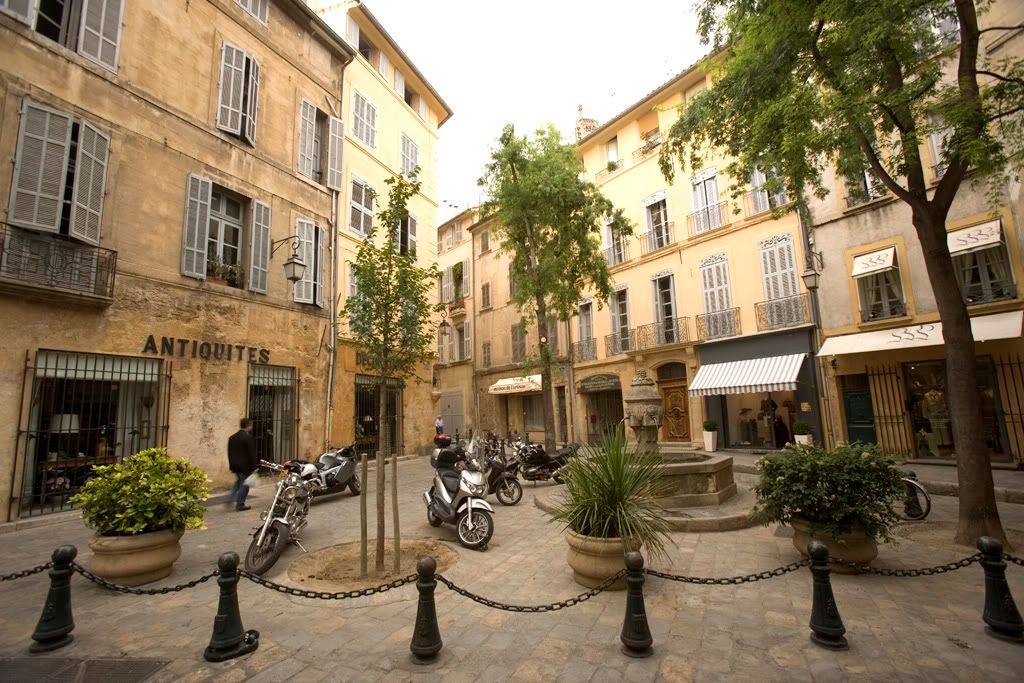
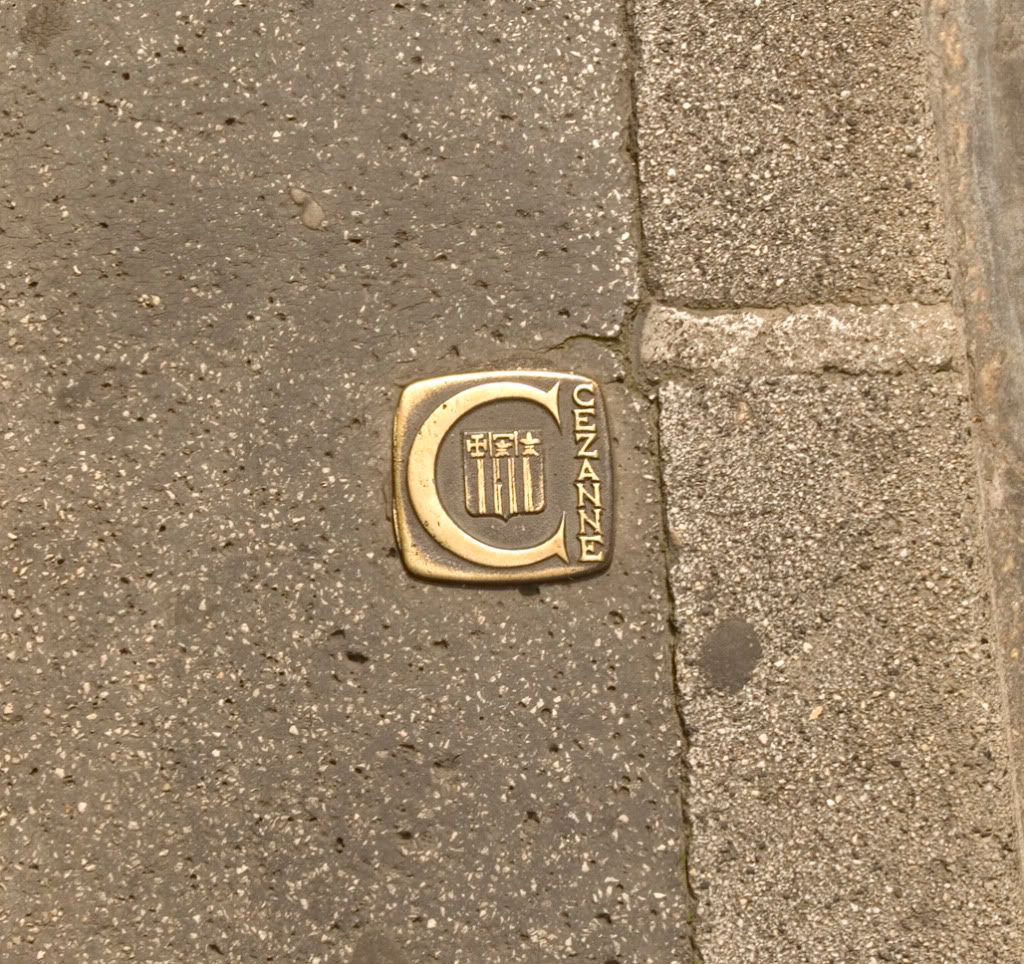
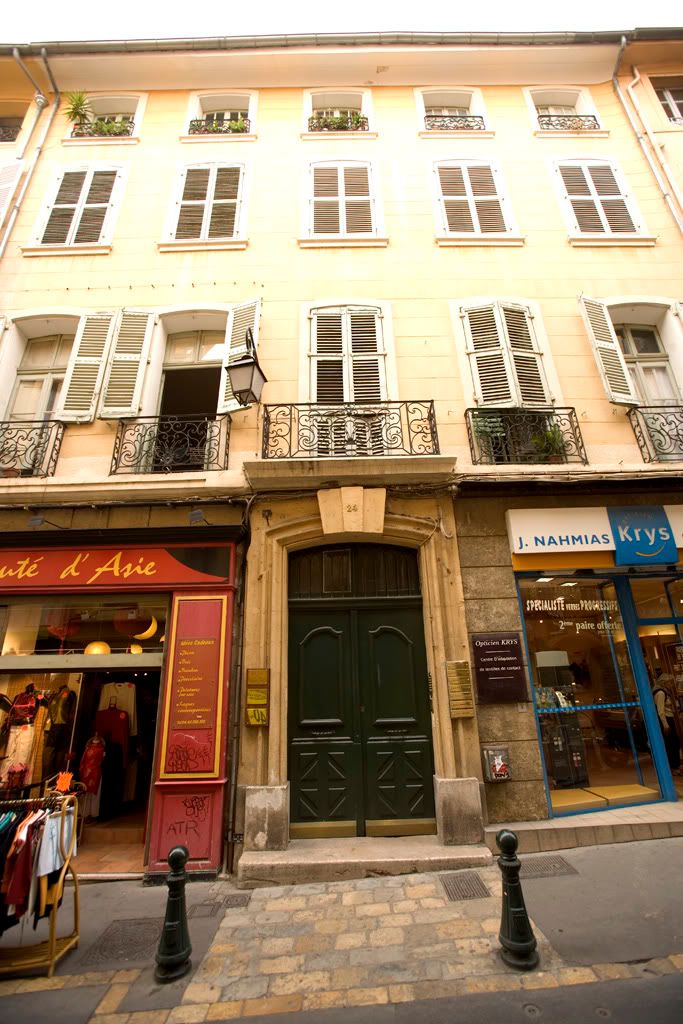
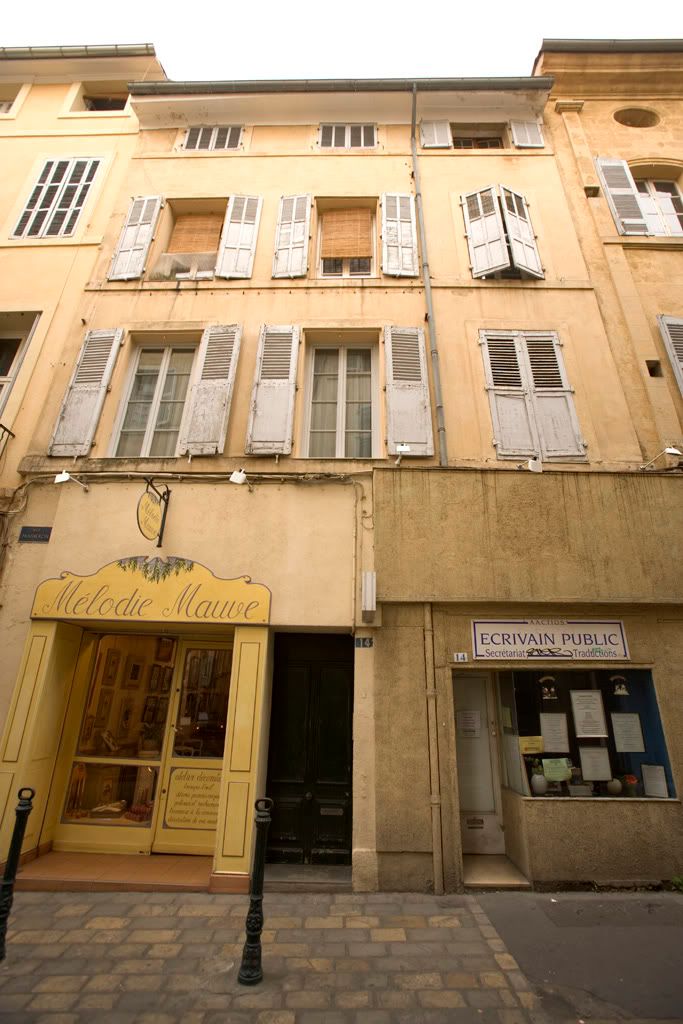
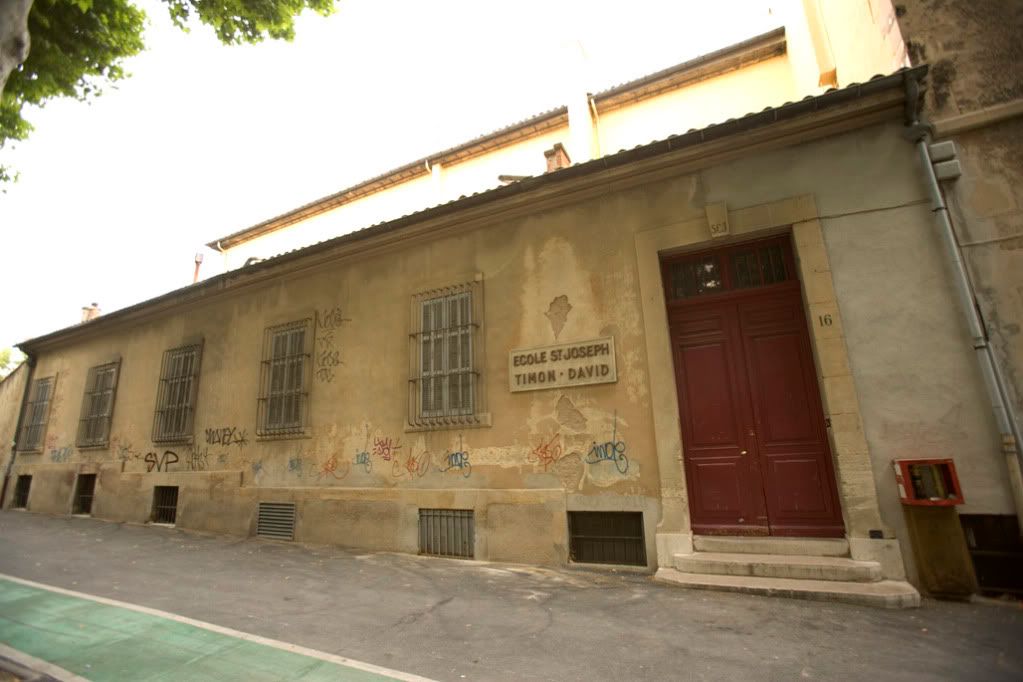

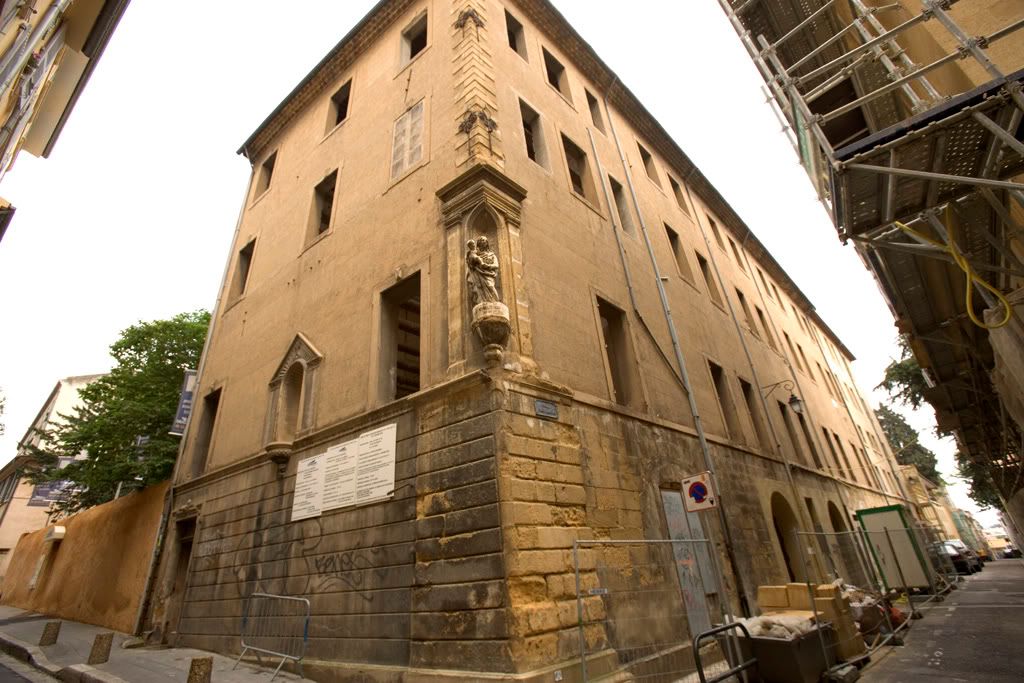
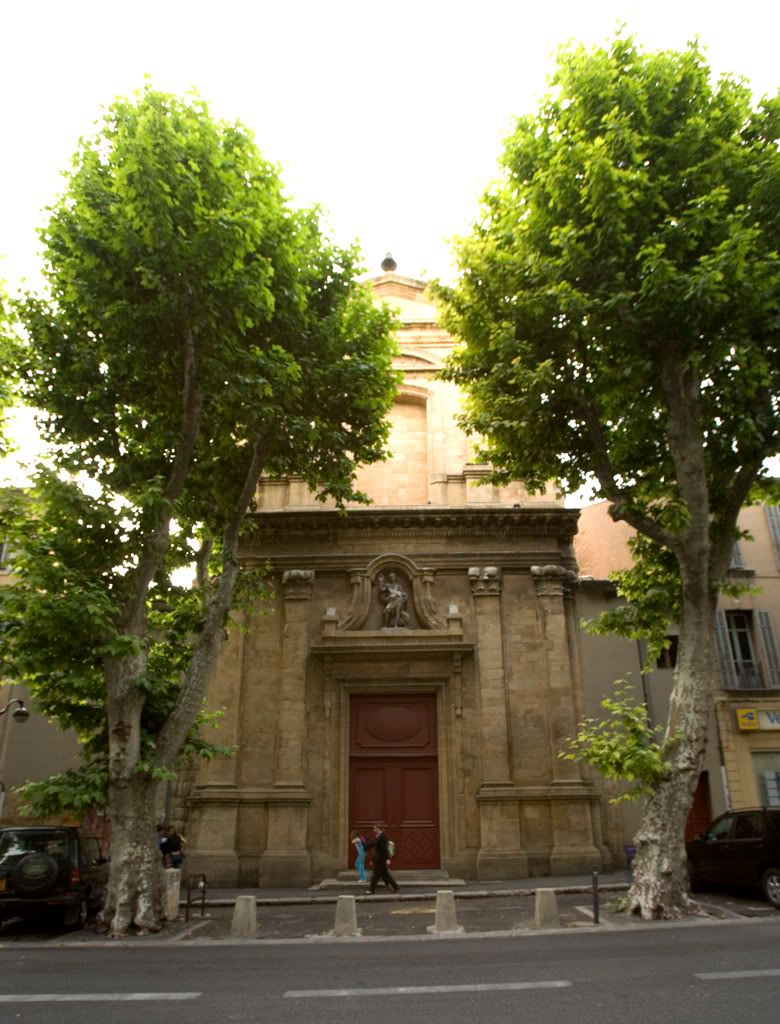


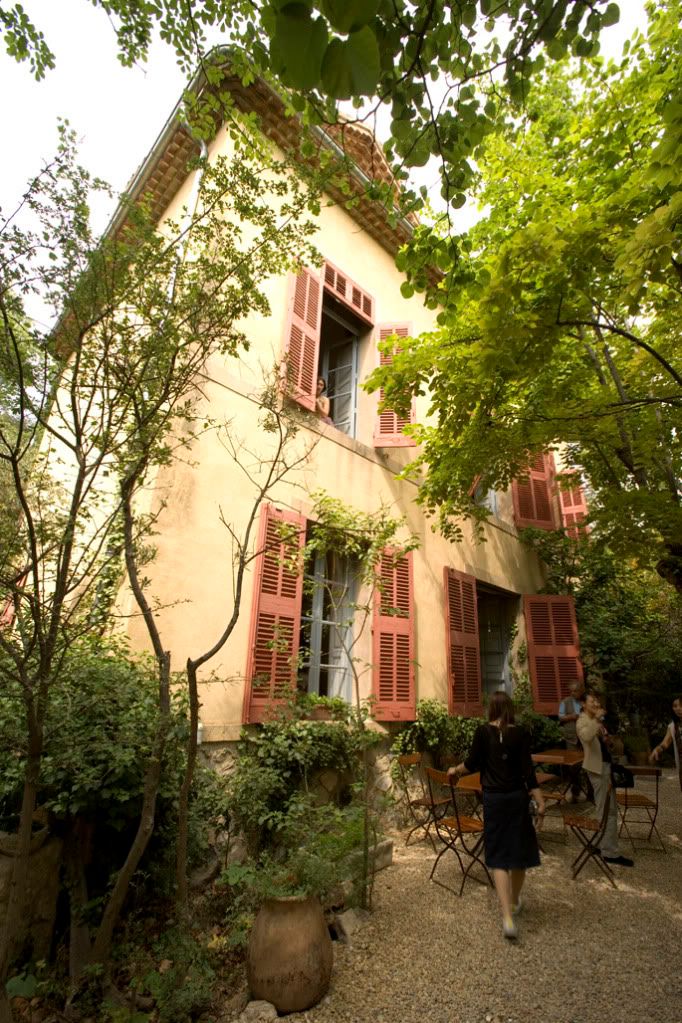
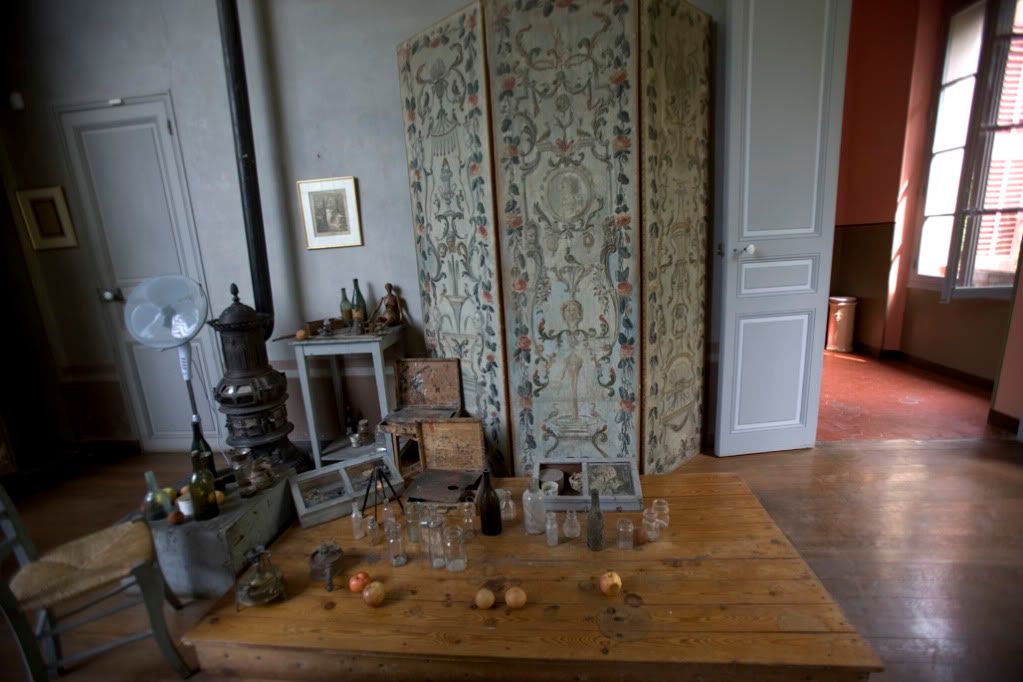
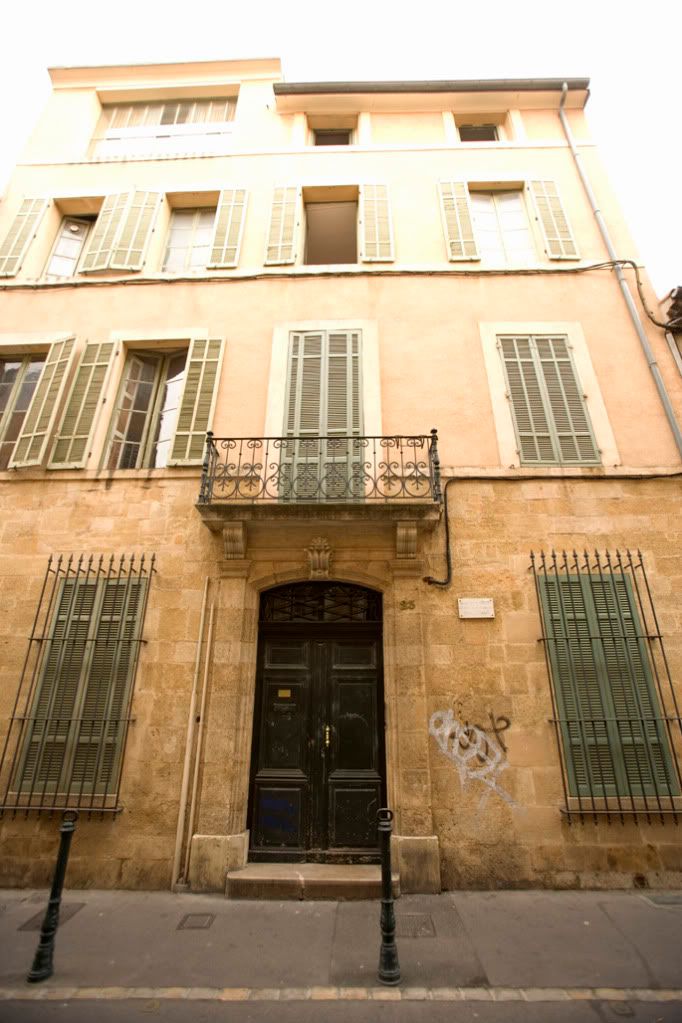
On Sundays we used to go to church. He would dress in his best clothes. He would sit in the factory pew and listen carefully to the sermon. As soon as he got to the little cloister before the Cathedral, he would be assaulted by beggars ...He would prepare his money before leaving his room, and would dish it out in handfuls whilst walking past them.His funeral was held at the Cathédrale Saint-Sauveur d'Aix, which was built in the 12th Century, and remodeled many times, over the centuries.
"I’m having my share of the Middle-Ages," he would whisper to me near the font. "I had seen Cézanne here, under the big painting of the Burning bush, in which Moses looks uncannily like him."
